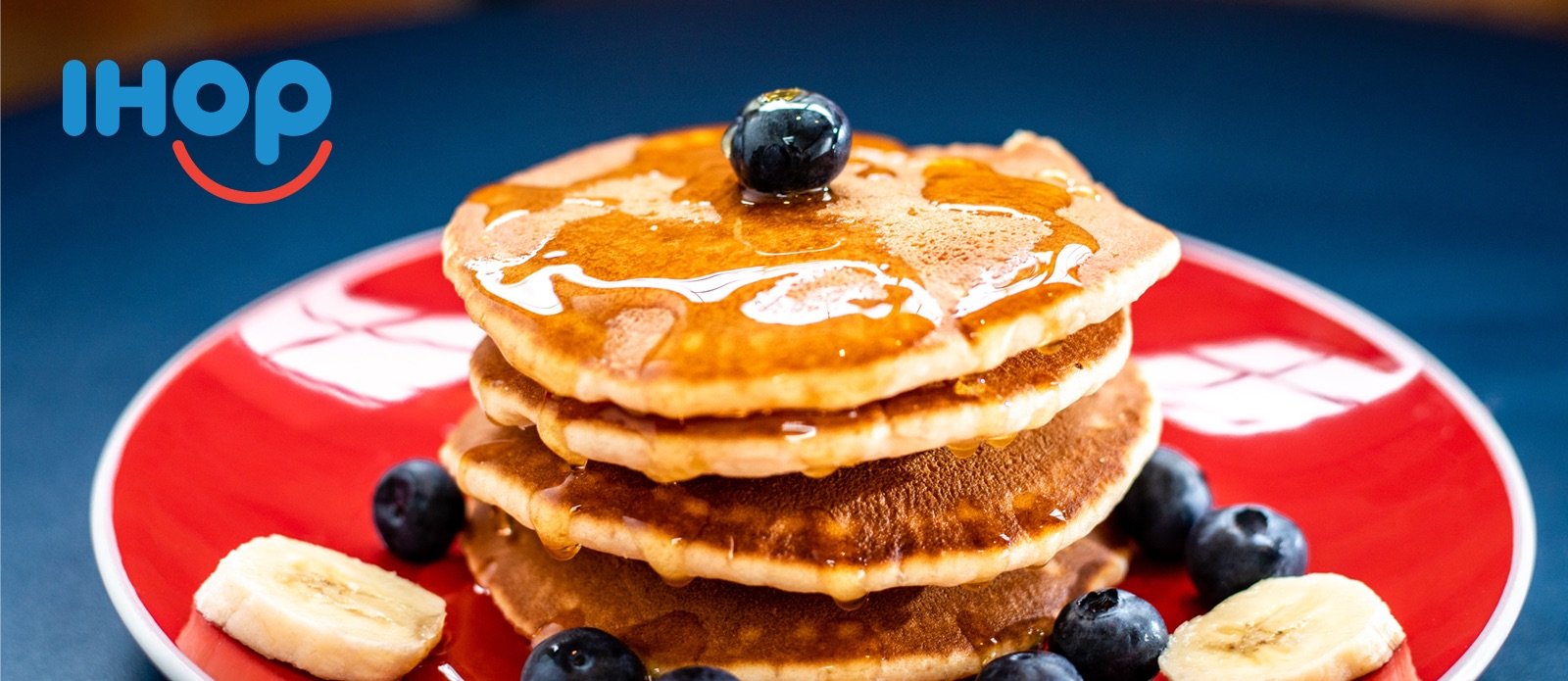In the first day IHOP recorded 614,000 tweets, in the first ten days there were over 2.1 million social media conversations, and in the first three weeks they sold 400% more burgers. Why was IHOP so successful?
What is Outrage Marketing?
Outrage marketing is the attempt to create brand awareness by intentionally sparking a powerful reaction of shock, anger, or indignation. Outrage marketing is a form of viral marketing where a meme, video, product, or advertisement spreads across the internet, typically by people sharing the content through social media, like a contagious virus spreads from person to person.
Outrage Marketing vs. Cause Marketing
Research shows that “64% of consumers choose, switch, avoid or boycott a brand based on its stand on societal issues.” Cause marketing is a popular marketing strategy where brands bring awareness to social or charitable causes and associate themselves with the cause’s mission. If you’ve ever watched sports during Breast Cancer Awareness month, you’ve seen Nike’s cause marketing in action through the bright pink apparel athletes wear.
However, some brands don’t find success with cause marketing and instead bring undesirable criticism and outrage upon themselves. Consumer push-back often occurs when brands take a stand on a culturally sensitive subject in an inauthentic manner. If there’s no connection to the cause, audiences feel like the brand is appropriating their culture or trauma for financial gain such is the case with somebrands trying to capitalize on Pride Month.
Bad Outrage Marketing Examples
Back in 2017, the internet took offense to Pepsi’s controversial advertisement and accused them of “trivializing Black Lives Matter.” The ad depicted superstar Kendall Jenner handing a Pepsi to a police officer in the hopes of decreasing tension and “project[ing] a global message of unity, peace, and understanding.”
Another more recent example of lousy outrage marketing was when Gillette, the New England razor company, tried to capitalize on the social media buzz of the #MeToo movement and the theme of “toxic masculinity,” in their “The Best Men Can Be” advertisement.
Viral Marketing Examples of Outrage Marketing Done Right
One famous example of Outrage Marketing done right is when the International House of Pancakes, IHOP, announced they were changing their name to IHOb and switching their focus to serving burgers.
IHOb’s Outrage Marketing Campaign
IHOP’s “IHOb" Marketing Campaign sparked controversy overnight and across every earned media channel from national news outlets, to late night personalities, Twitter and beyond.
Katie Richards of AdWeek reported, “In the first 10 days following the IHOb news, there were over 1.2 million tweets about the brand and its burgers and over 2.1 million social media conversations about IHOb.” In fact, in the first day alone, IHOP recorded 614,000 tweets.
“In the first three weeks after the announcement, IHOP said it sold four times more burgers and that burger sales have “remained stable” in the weeks following.” It wasn’t only the sales that increased; IHOP stock increased 31% in the first three weeks following the announcement.
After IHOP came clean that they were not going to stop selling pancakes or change all of their locations to IHObs, consumers were relieved, and advertisers rose to their feet lauding the brand’s ingenious ability to create a massive amount of awareness for their new line of burgers.
IHOP's Outrage Marketing Campaign Video
AdAge awarded Droga5, IHOP's advertising agency, a Creativity Award for the remarkable success of IHOb’s outrage marketing campaign. AdAge cited that the campaign generated “a total of 42.5 billion impressions equal to more than $113 million in earned media value.”
3 Reasons IHOP’s Viral Outrage Marketing Stunt was Successful
Outrage marketing is a high-risk, high-reward viral marketing tactic. Here are three reasons why IHOP’s burger campaign was a “flipping” success.
1. It was self-effacing
If we analyze situations where outrage marketing goes wrong, it usually occurs when brands are misaligned, inauthentic, insincere, off-brand or their messaging misses the mark.
IHOP’s viral outrage marketing stunt worked so well because they weren’t exposing themselves to risk on a social, political, or cultural debate, but instead, they were playing the lovable fool leaving people in disbelief.
2. It focused on the shock factor
If the popularity of entertainment talent shows like America’s Got Talent or American Idol has taught us one thing, it’s that shocking and unexpected outcomes elicit the strongest emotional reactions.
When people were outraged by IHOP’s sudden name change, it wasn’t because they offended a class of people, but because their message came as a surprise, it was unprovoked, and ultimately it was entertaining to watch.
3. It was inextricably linked to IHOP’s business goal
If you’re going to invest in an outrage marketing campaign, it better be inextricably linked to your business goals, or you risk missing out on returns AND alienating consumers.
IHOP needed to sell more than pancakes to remain competitive so they identified a high margin product, consulted with advertising agency Droga5, and devised a clever way of bringing a massive amount of awareness to IHOP's line of hamburgers.
Final Thoughts
What Droga5 and IHOP accomplished together was unforgettable - they did their job so well that the public will always remember IHOP sells burgers.
Download your complimentary Brand Manifesto Workbook today!










